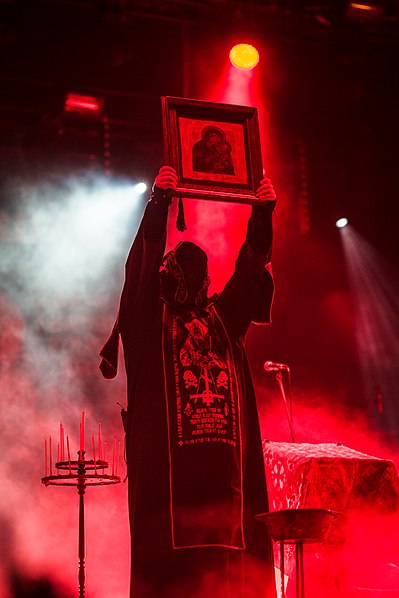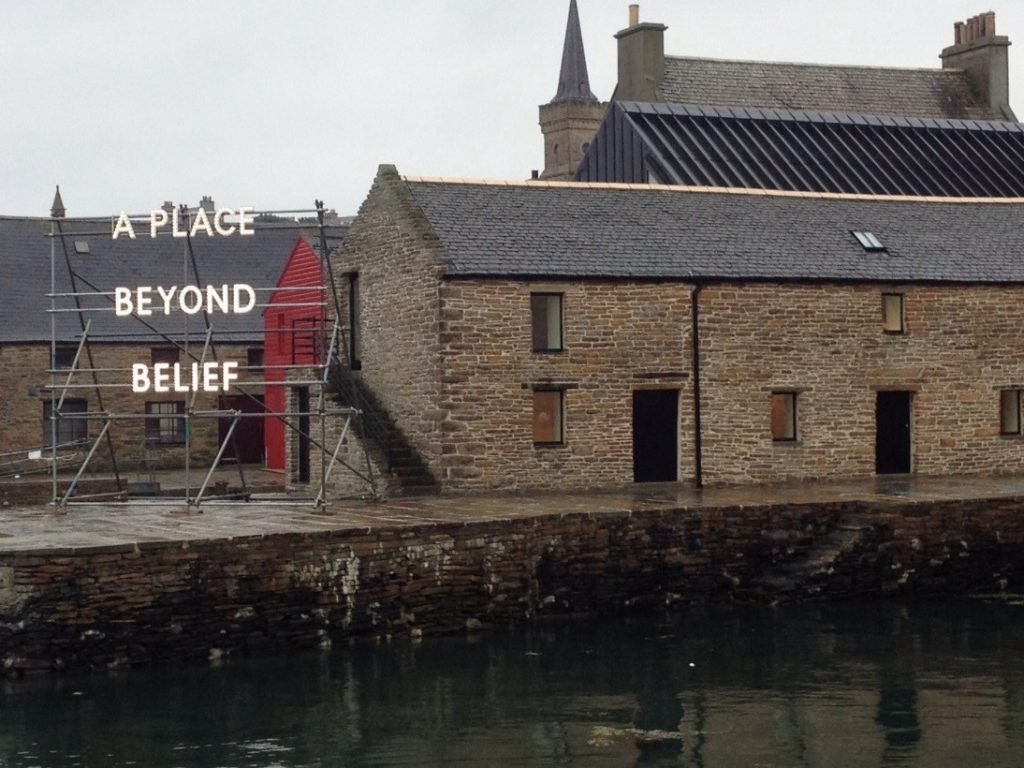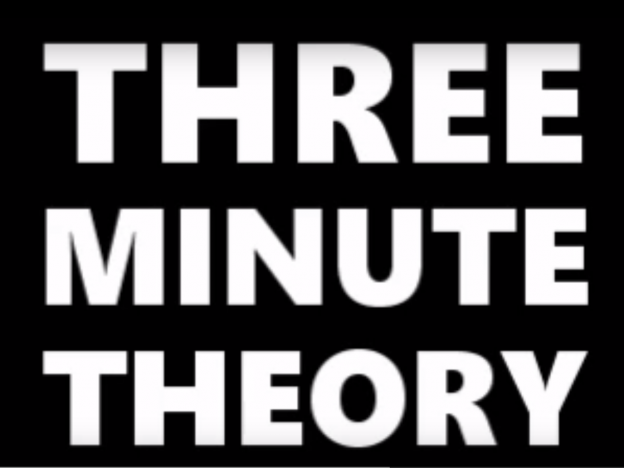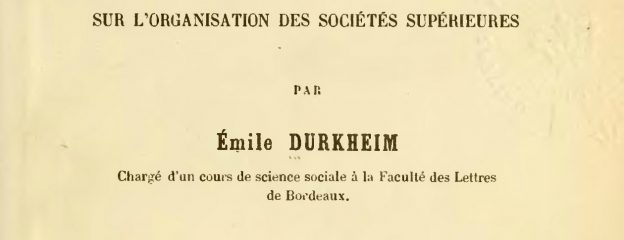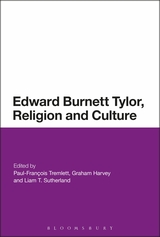By Owen Coggins
In 2015, an extreme metal band named Batushka appeared, with details about band-members scarce. A deliberately cultivated sense of mystery surrounded their album entitled Litourgiya, featuring a cover which reproduced an orthodox-style icon, heavy on the gold paint (it actually closely resembled another unusual metal album cover, from Advaitic Songs by the band Om, but that’s another story). The music was a gripping combination of pummeling riffs, thunderous percussion and hoarse screeching, but all this guitar distortion and screaming was centred around a chanting of the Russian Orthodox liturgy.
This absorbing combination quickly gathered attention online, and soon enough word had spread to the point that the album has been released in at least twenty different editions on a variety of formats. Soon enough there was an intensive tour schedule, with the stage show including copious amounts of candles, incense in swinging censers, musicians masked and clothed in lavish robes, and an ornately framed painted icon held up at the beginning of the set and then placed reverentially on a lectern. The band’s luminously beautiful website is so rich in religious symbolism you can practically smell it. Of course, the one thing that sells better in the metal underground than great music, is great music shrouded in intrigue and opaque ritual. Two questions continue to be asked about Batushka: what is the identity of the musicians? And what is their religious status?

Metal bands have always, from the earliest origins of the genre in the early 1970s, played ambivalently with the symbols of ritual and religion. Black Sabbath wore large crucifixes on stage and addressed the devil in their eponymous track, while their first album famously featured an inverted cross in the inner gatefold (placed there by designers, as legend has it, unbeknownst to the band). Since then, various bands have combined or contrasted pagan and Christian symbols, played with various versions of Satanism, and expressed all imaginable kinds of religious and anti-religious positions. Participants in metal cultures, as well as external onlookers, have often sought to ask similar kinds of questions: is this music, this band, or this track, anti-Christian? Is it Christian? Is it Satanic? Is it religious?

